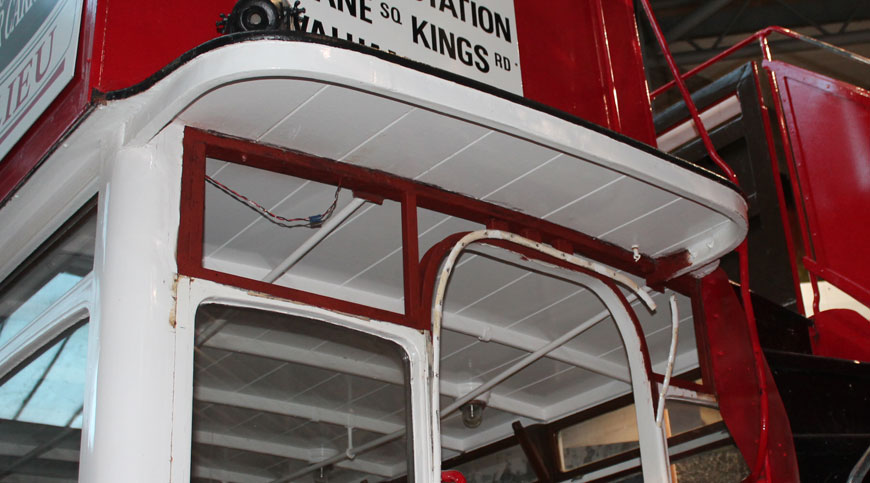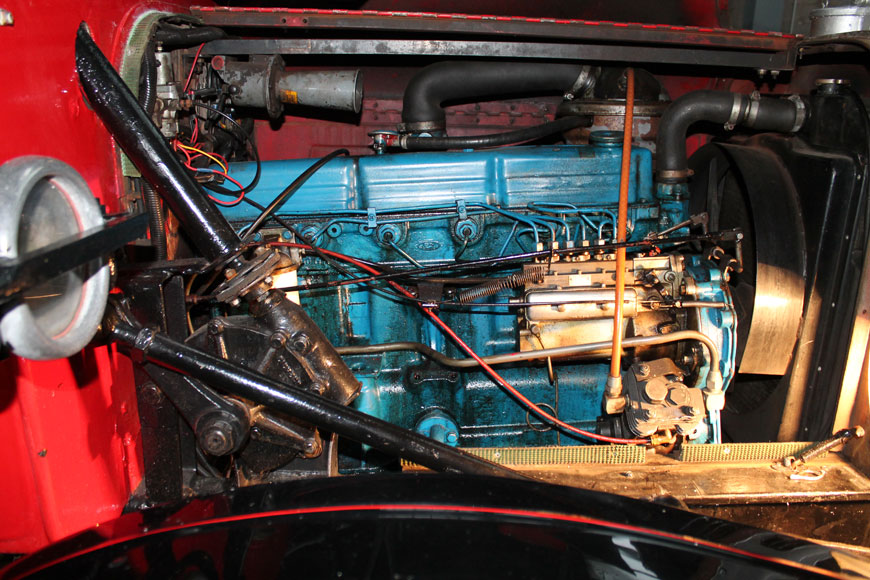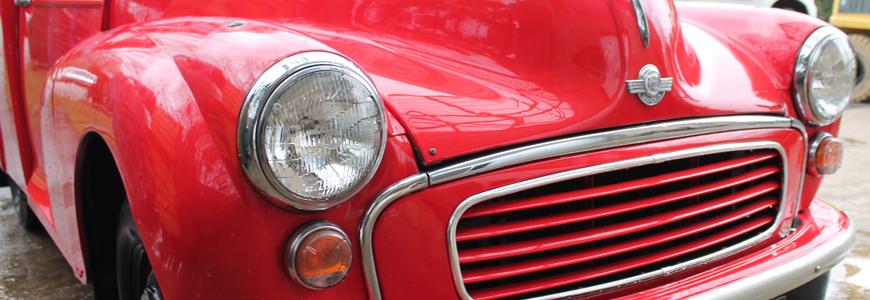
From motorcycles, veteran cars and Land Speed Record breakers, to Grand Prix racers and family classics, the National Motor Museum showcases a diverse range of vehicles. Commercial vehicles are also a key part of this collection, telling the story of the trucks, vans and pick-ups that toiled on Britain’s roads. One of these fascinating exhibits, a 1970 Morris 1000 Royal Mail van, has been in the museum workshop this month after returning from long-term storage.
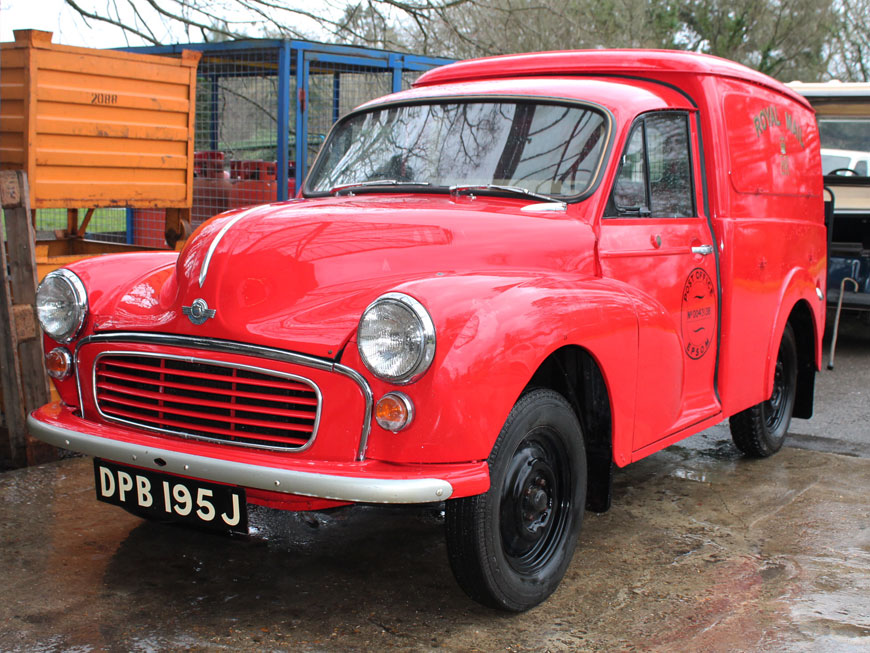
First Class
As the first model of British car to sell one million units, the Morris Minor was a huge success. The commercial vehicle variants of the Minor were particularly popular, with these vans and pick-ups serving countless businesses in a variety of different roles.
The General Post Office in particular will forever be associated with the Morris Minor-based van. The GPO purchased large fleets of these diminutive workhorses, painting them dark green or yellow for use as Post Office Telephones engineers’ vans, or red to serve as Royal Mail vans. Throughout the 1950s, 1960s and 1970s, the Royal Mail Morris vans were a common sight and as familiar as the red post boxes which they were used to empty.
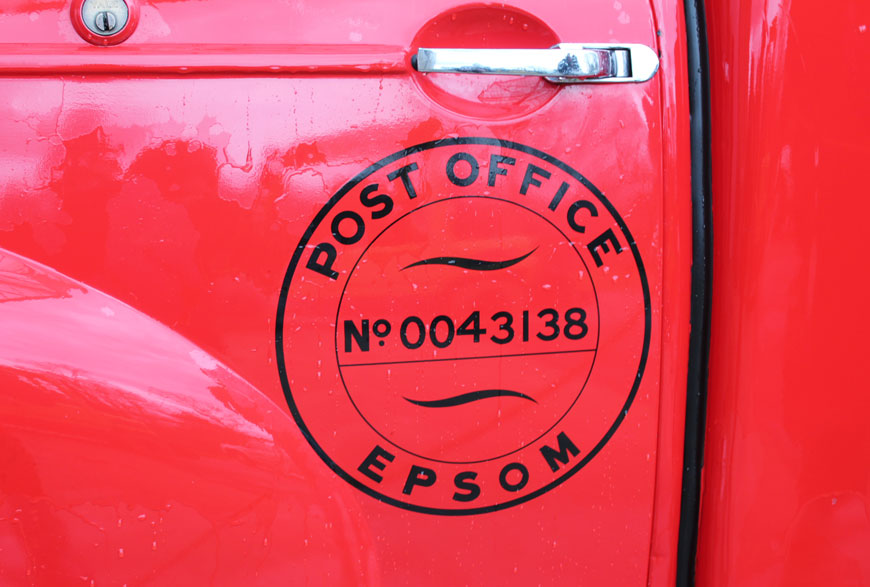
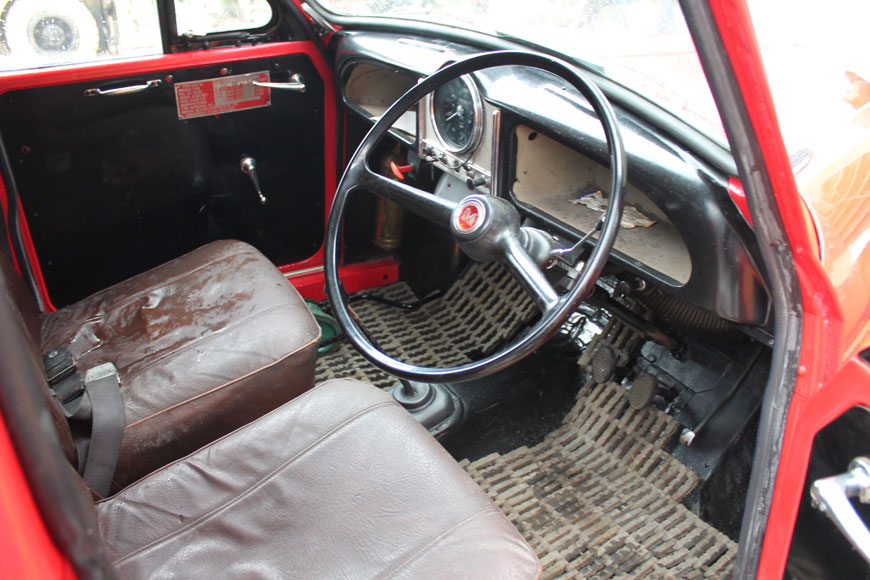
The National Motor Museum’s 1970 Morris 1000 van was originally used for postal duties in the Epsom area, covering 106,000 miles during its working life. Unlike its sister vans, which were sold off when they were decommissioned from service, this lucky example was restored by apprentices at the Royal Mail’s Kidbrooke Central Repair Depot.
As a result of this restoration, the van is exactly as it would have been when it was new and still has the fixtures and fittings unique to the Royal Mail Morrises. Heavy duty Yale locks are fitted in all of the doors, with the rears also incorporating a hefty locking bar, for extra security. A wire mesh bulkhead is fitted behind the driver’s seat, while brackets on the exterior side panels can be used to fit advertising boards.
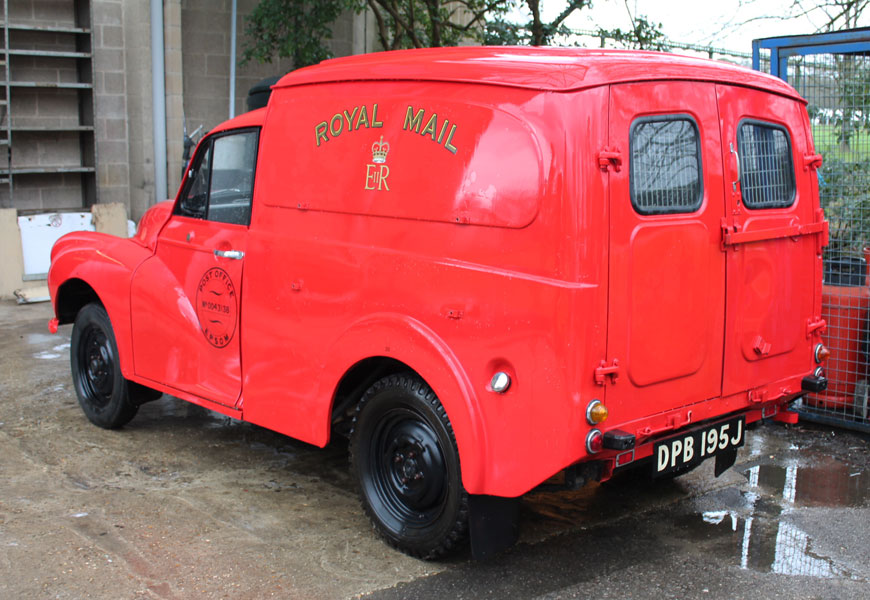
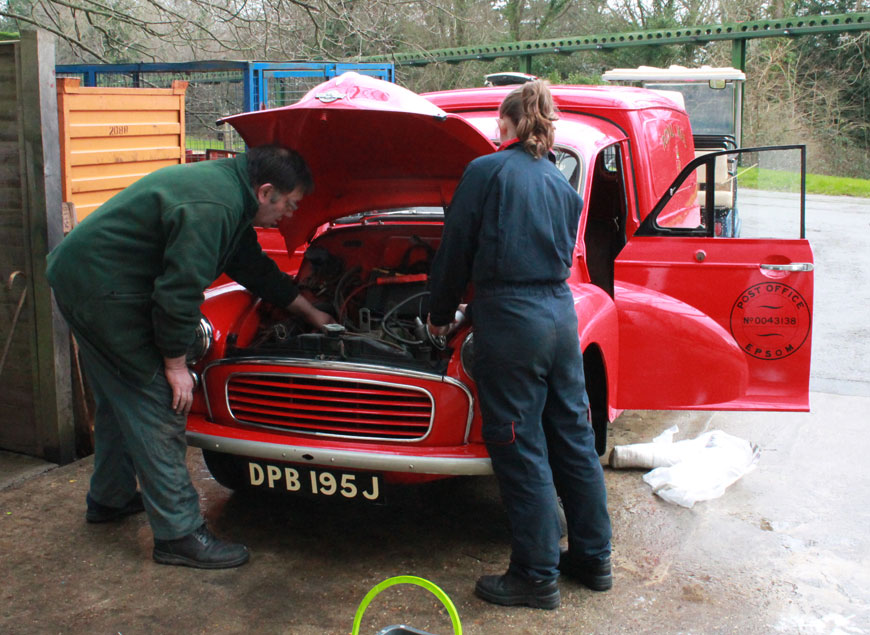
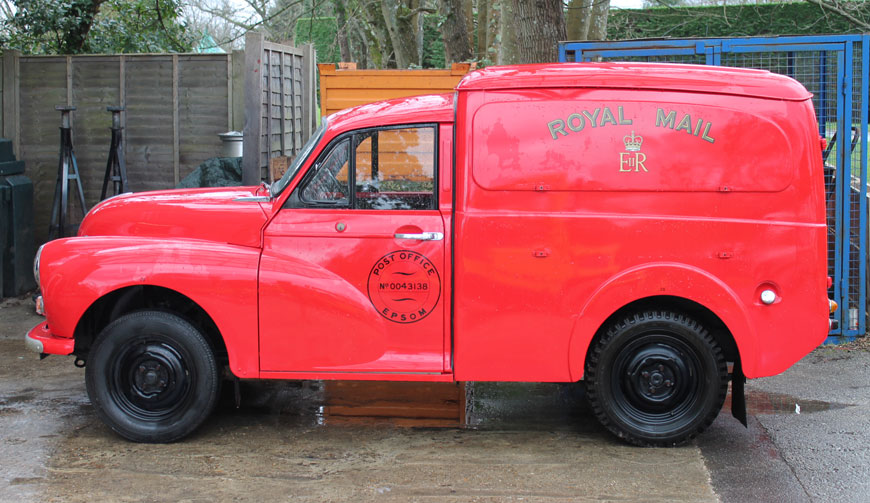
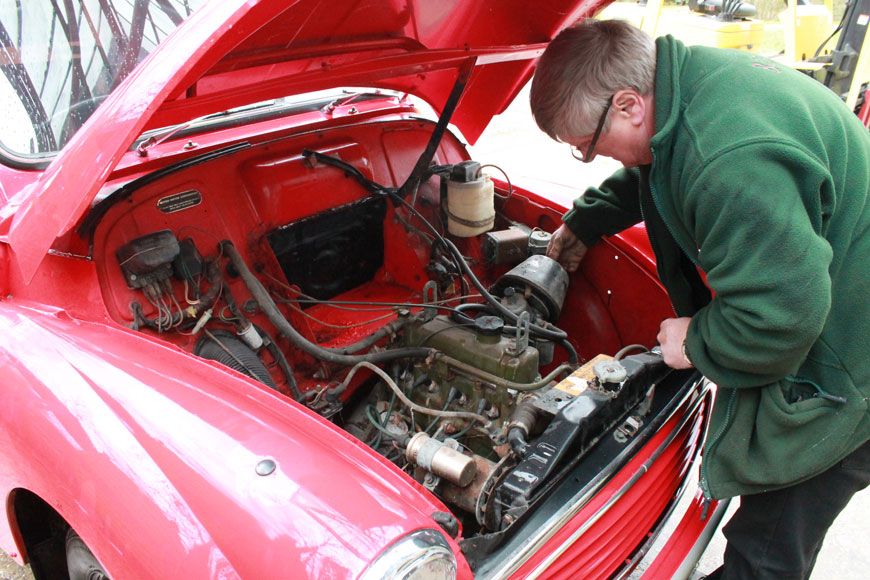
Keeping an engine in running order is vital to ensuring its preservation. As the Morris had been unused for a number of years, the workshop engineers, assisted by workshop volunteer Emily Leese, set about breathing life into the 1098cc A-series engine. Despite being hampered by an over-eager alarm/immobiliser device, after the ignition system was checked over and fresh petrol was added to the single SU carburettor, the engine soon burst into life. Once its mechanical assessment is completed, the Morris will re-join the National Motor Museum’s collection of over 280 historic vehicles.
All Aboard
A much-loved mode of transport at Beaulieu has also been receiving a winter spruce-up. The Veteran Bus may be a replica of a 1912 London double-decker, but as it was built using a 1972 Ford truck chassis, it is now a classic vehicle in its own right. Over the years, it has transported countless visitors around the attraction, accompanied by the rumble of its six-cylinder diesel engine.
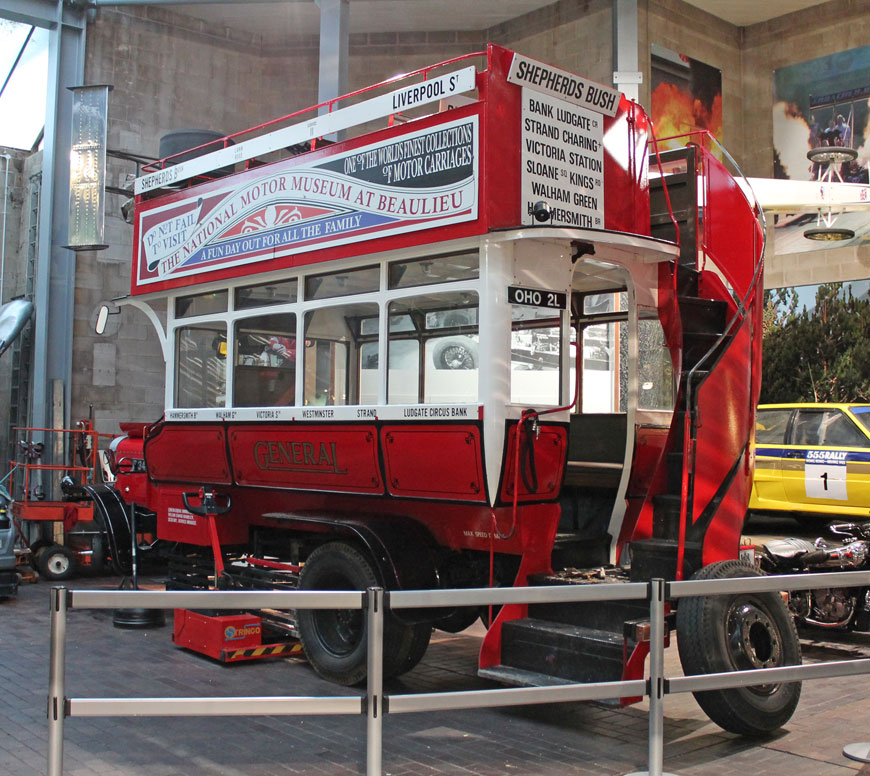
The bus is used every day, in all seasons, and keeping it in tip-top condition is a priority for the workshop engineers. In addition to a thorough mechanical service, a cosmetic tidy-up of its elegant bodywork is being undertaken, with some of the wooden panels that clad the steel and wood body structure around the rear door being replaced.
Owing to its age, obtaining replacement mechanical parts for the Veteran Bus is no easy task. This calls for ingenuity from the workshop engineers, as they scour the country for spares or make components from scratch. Once the necessary spares have been located or made to finish the job, the Veteran Bus will be back in service again by the summer.
